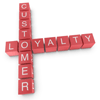4 SoLoMo Loyalty Program Leaders

Rewarding consumers for positive behaviors (e.g. purchases, social activity, etc.) is a win-win for brands and customers. To take advantage of the many benefits of loyalty and engagement programs, however, companies must transcend paper punch cards to offer comprehensive SoLoMo (social, local, mobile) offerings, as do the four big-name brands discussed in this article.
So what does a brand have to gain? CrowdTwist, which powers the loyalty programs of such brands as Pepsi, the Miami Dolphins and FOX, for example, reports that multi-channel loyalty programs increase the average order size by 35 percent, while increasing repeat purchases by 36 percent.
Companies looking to explore software solutions to begin (or enhance) their own programs, can look to the aforementioned CrowdTwist, Perka, PunchTab (discussed below), NextBee, Shopkick (also discussed below) and myriad other advanced platforms to address (e.g. engage, analyze, optimize) the different touch points its consumers connect with them on.
See what brands are conquering SoLoMo loyalty and engagement programs below:
Starbucks
When it comes to loyalty programs, Starbucks takes the (coffee) cake. The My Starbucks Rewards loyalty program increases revenue, traffic and purchases and further differentiates Starbucks from its competitors. Starbucks uses big data to create complete customer profiles to personalize messages, offers and interactions (overall). For example, the coffee powerhouse sends customers offers based on purchase behavior. This approach will extend outside of its location, mobile and social offerings, to grocery stores carrying their products.
Starbucks Chief Digital Offer Adam Brotman announced the company's loyalty and rewards program will enable customers to earn rewards for grocery channel purchases that can be redeemed in Starbucks retail stores and is expected to double the number of customers enrolled in the company's programs in fiscal 2013 (4.5 million to 9 million members).
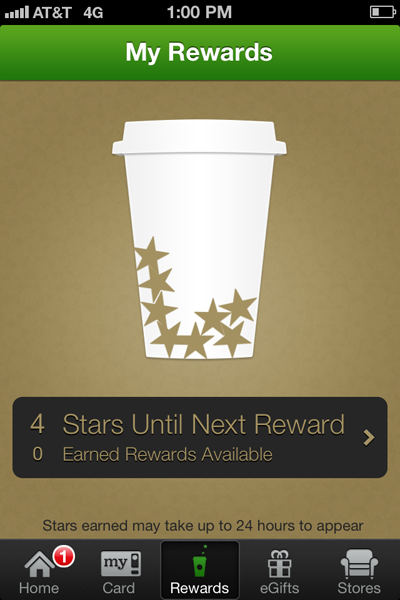
Target
Ask most of Target's average shoppers (moms, college graduates and between 25-34 years old, according to Quantcast), if they leave Target only buying what they went in for, and you'll likely hear a resounding, "No!" This is because Target offers a versatile shopping experience where purchasing something for every member of the family (and every room in the house) is typical, which works to increase average order values. Target's main demographics are also more likely to own a smartphone (Nielsen Q1 2012), making a mobile, location-based loyalty program a win-win for the retailer and its "target" consumers.
Target recognized this somewhat early in the mobile space and teamed up with Shopkick, a popular, loyalty-driving app that allows users to earn points (known as "kicks") that can be redeemed for things like Target GiftCards, Facebook credits or iTunes song downloads or charitable donations. Target shoppers who use the app can get kicks by simply walking into their local Target (the app confirms their location using a high-pitched signal emitted by an in-store device). As they browse the store, they can scan products for additional kicks. Additionally, Shopkick uses the phone's location to indicate nearby kicks (e.g. participating retailers).
Shopkick also includes Target coupons, redeemable in-store directly from the app. Customers not wanting to commit to Shopkick, for whatever reason, can sign up for coupons sent to their phones and redeem them at the register right from their screens.
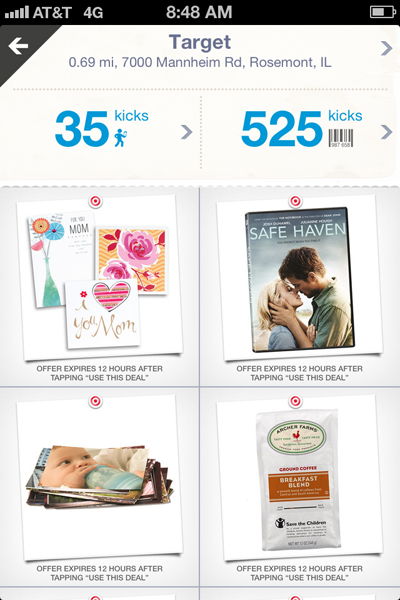
Sears
Sears, and its Kmart subsidiary, is strengthening loyalty (and its brand) through technology and loyalty rewards, and using it to drive sales and engagement. One way Sears uses technology to increase engagement, is by bridging online and offline channels through local-based initiatives. For example, using big data, Sears tracks online searches and in-store mobile "check-ins." This Wall Street Journal article details that Sears employees will find customers in-store, via their phone's GPS, to direct them toward the products they showed interest in online.
The Sears (and Kmart) Shop Your Way Rewards is another big mover in these online/offline loyalty and engagement efforts. This program accounted for 60 percent of the company's overall sales in 2012. Shop Your Way Rewards even lets members communicate with in-store employees via text messages to get help finding items and offers coupons toward future visits, discounts off of gasoline at participating stations and more. In-store shoppers can also receive receipts and personalized offers via email.
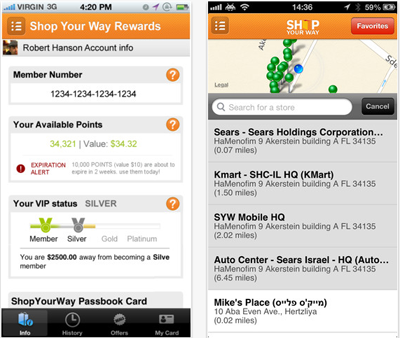
Arby's
A market fresh pecan chicken sandwich sounds good, but is it tasty enough to mobilize a large Facebook fan base to take actions on Facebook, Twitter, Instagram and Foursquare, while converting fans to email subscribers? Probably not on its ingredients alone, which is why last year, to promote this new sandwich, Arby's enlisted the help of PunchTab. Fans earned points by connecting on social media (Twitter and Instagram) and inviting friends on Facebook, watching a commercial on Arby's.com, checking into Foursquare (local/mobile) and signing up for Arby's "extras" as part of its $10,000 giveaway. The results were five times the reach, four times the amount of people talking about the new menu item and 10 times the fan acquisition.
Arby's will be continue to be an interesting company to watch in the loyalty arena, as its new CEO Paul Brown comes from Hilton Worldwide, Inc. whose Hilton Honor's is the backbone of the company's offline and online initiatives (read more about Hilton in Web 100). There, Brown was the company's global leader of Hilton's loyalty program, among other key responsibilities.
And while the aforementioned $10,000 incentive for Arby's campaign is certainly not feasible for most brands, PunchTab's on-demand software actually enables any business (from the world's biggest brands and ecommerce sites to bloggers and small businesses) to easily create and manage incentive-based, customized engagement programs for seasonal campaigns, new launches, brand activation programs, sweepstakes and events.
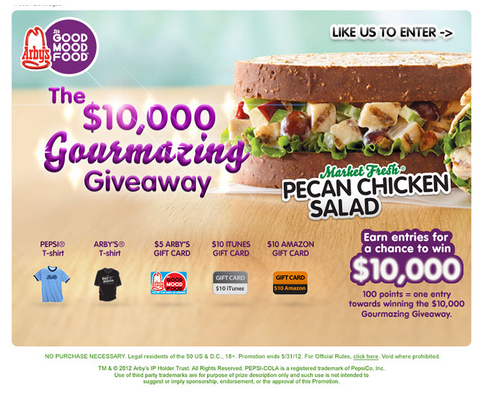

Subscribe to Our Newsletter!
Latest in Marketing







